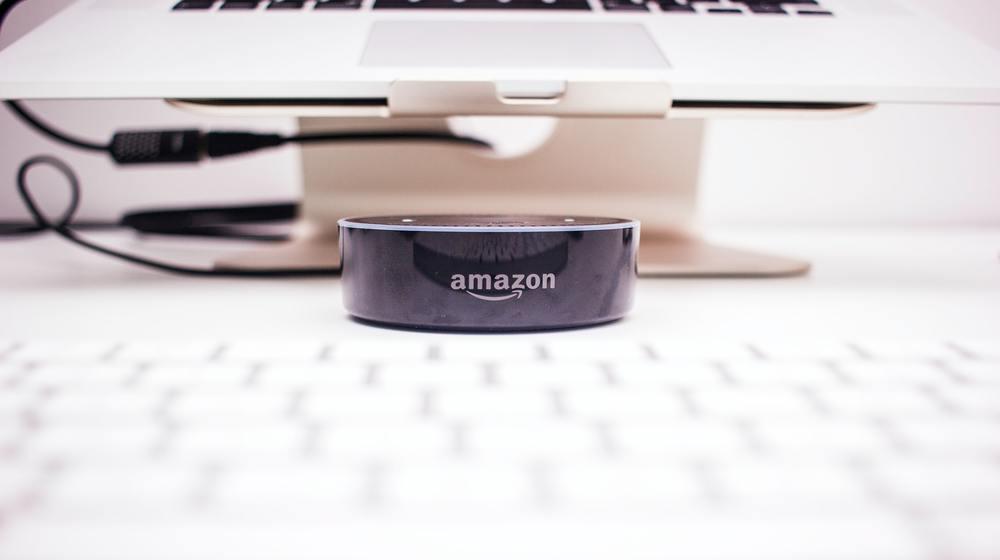Search Engine Optimization (SEO) is a discipline of digital marketing that uses onsite and offsite strategies. It increase organic traffic to a web page from results in search engines like Google, Bing, and Yahoo. This SEO guide will help you write a great SEO friendly article.
Do you write and publish rich content which people are interested in but you don't get enough traffic ? Well the answer could be because they are not search friendly. This article is your SEO guide to learn more about it and get better at it.
And with the growing importance of online content today, it’s essential to implement blog post SEO as best you can.
Onsite content is one of the many layers of an effective SEO strategy. From a macro-level, the more high-quality content you publish about a specific topic in your industry, the more likely someone is to find your website when searching terms associated with that topic.
For instance, if you are a pets food company you might assume, people interested in pets may also purchase pets food. Therefore, you write several articles on the topic of pets with the hope of generating more visitors to your blog. Ultimately, more customers.
While that high-level strategy is important, there are also ways to optimize your content on a micro-level. Remember; not all blog articles are created equal.
Publishing SEO-friendly blog articles will help you generate the best ROI with your content. This SEO guide will help you improve your website’s SEO without touching a line of code.
SEO guide in 3 easy steps
SEO tactics using onsite content have changed substantially over the years. Before the Google Panda update in 2011, websites were able to manipulate search engines using spammy tactics like keyword stuffing and over-optimization. Now, when you think blog post SEO, you should think user-friendly. This SEO guide will show you more in details.
Creating great content with which your target audience engages is the foundation of an effective onsite SEO strategy.
- Select the right topic.
- Write SEO-friendly content.
- Optimize your post before publishing.
Ready to create user-friendly articles? Read on this SEO guide to see how PPC and SEO can help your small business digital marketing.
Select the right topic
The most important part of this SEO guide is choosing the right topic. Before you can start writing the blog article, you must first choose the right topic. You should choose an article topic based on:
Your expertise. Producing quality content is a critical part of the SEO equation. To produce a quality article, you need to have some subject matter expertise. You will write about a topic which you’re an expert, but it’ll be more valuable to your audience.
Research and analysis. By using independent research and empirical evidence, you should have a strong understanding of what topics generate the best results. This analysis should include internal data based on the content you’ve published previously. In addition to external information like competitive analysis and keyword research.
Conducting keyword research is a great place to start your quest for blog post SEO.
Keyword research is the process of using SEO tools like SEMrush or Google Adwords Planner to better understand the keyword trends in your industry. In other words, you want to use tools to see how frequently and to what extent people are searching specific terms in search engines.
For instance, you might discover that people search for “Best dog food” more often than “Cheap dog food,” which might lead you to write the article The Best Dog Food for Golden Retrievers instead of The Cheapest Dog Food for Golden Retrievers.
The overall content strategy. If analysis and expertise were pillars for building the perfect article topic, the overall content strategy would be the foundation on which these pillars were built. Choosing an article topic that is cohesive with your overall content strategy is paramount.
You could write the most amazing article in the world wide web, but if it doesn’t relate to your business or the other content on your blog, then you’re unlikely to see the results you want.
Creating an overarching content strategy is an important step in building a successful blog and finding ideas that fall under the umbrella of that strategy is a crucial step in selecting the right topic.
Write SEO-friendly content
With your article idea in mind, it’s now time to start the most important step — the writing process. Everyone has a different approach to article writing, and there is no definitive right or wrong technique to writing a blog article.
If you haven’t quite found your article writing groove yet, don’t worry — here are some basic tips to help you get started with writing a properly optimized article, this SEO guide is for you.
Create an article outline first. Before you start aimlessly writing the article, create an outline of the topics you want to cover. Generally, most blog articles have an introduction and conclusion with a few supporting details in the middle. The format will obviously depend on your style, and the topic, but creating an outline will help you stay focused on your main points.
Focus on the introduction. The introduction is arguably the most important section of your entire article. From a blog post SEO perspective, you should naturally work your targeted keyword into the beginning of your introduction to signal keyword relevance to search engines. Additionally, you want to write a captivating introduction that is informative and enticing so that readers will stay on your page longer and continue to read your post.
And more:
Use appropriate headings throughout. When writing your article, it’s important to think about the user experience, in addition to search engines. One way to satisfy both is to use headings throughout the article. Using headings is a great way to further communicate the relevant topics to search engine crawlers and is also a nice way to improve the article’s flow.
Search engines and readers love lists. With blog post SEO, consider adding lists when you are discussing steps or emphasizing important topics within the article. In addition to a list-based article, you can break up paragraphs with bulleted or numbered lists to improve the scanability of the content.
Lists are becoming increasingly important to search engines like Google.
For instance, if you put in a search query like steps to filing your taxes, you’ll see Google provides a featured snippet result that lists the steps directly found in the article.

And more:
Include internal and external links. Links are an important signal for search rankings. As you write your content, use internal and external links when they are relevant. You should link to internal pages and resources that are relevant to your content to help increase the search rankings for those pages and drive click-throughs from the content.
It’s also a good idea to add external links, especially when you use ideas, data, or resources from an outside source. A nice mix of internal and external links is a natural signal to search engines. Over-optimizing your content with too many internal links is unnatural and a potential red flag, so don’t add too many internal links.
Use your keyword and relevant synonyms throughout. Another critical step in writing an SEO-friendly article is to make sure the targeted keyword is used naturally throughout the article. In addition to using the keyword in the introduction, it should also be organically used in the body and conclusion. Also, look for opportunities to use adjacent terms to your keyword in your content. Including your targeted keyword naturally within the article will help improve your rankings for that term.
Read, edit, and revise. Your first draft is exactly that — a draft. It’s a good idea to reread your article a few times, and even give a day or two between, so you can pass over the content with fresh eyes. Don’t be afraid to have other people read your draft and provide input. It might also be worthwhile to hire an editor to check your content for grammatical errors and cohesiveness. It’s much easier to fix mistakes before the article is published then after.
Optimize your post before publishing
After you have the content written, the next step is applying blog post SEO before you publish. This is a crucial step in creating an SEO-friendly article because you are literally making adjustments that will directly improve your search rankings.
Besides the content itself, your title is the next most important way to improve the blog post SEO for your article. It’s important to include your keyword in the title, preferably at the beginning. Since the title is prominently displayed in search results, it’s also key that you write an enticing title that perpetuates click-throughs from searchers.
A higher click-through rate is another way for Google to indicate which result is most valuable. The more traffic you generate from organic search, the higher your result will rise.
The URL is another oft-overlooked element of your article that can easily improve your rankings. Make sure that your keyword is in the article’s URL. If you are using WordPress, the default permalink does not allow you to add keywords, so you’ll need to adjust the permalink structure to let you customize per post.

Notice how in this blog post the keyword “brand personality” is incorporated into the URL.
Now is also a good time to add supporting images and multimedia to your article. Articles with images, audio, and video typically provide a better user experience and higher search ranking.
Additionally, adding images and multimedia in your content allows you to optimize those assets for additional ranking benefits. For instance, you can add ALT tags to your images which helps search engines understand the context of that image. Further, your images can actually rank for image searches in search engines which can generate traffic itself.
You have an SEO-friendly blog article — now what?
Congratulations! After reading this SEO guide you might have been able to successfully write with blog post SEO and published it. Now, you can sit back and watch your article rank first for your targeted keyword, right? If only it were that easy.
Writing an SEO-friendly article is only one cog in the bigger SEO machine.
After you publish the article, you then need to spend time actively promoting it and generating offsite signals to further improve your rankings for targeted keywords.
There is much more to blog post SEO than just writing a great article. But that’s one of the best places to start. Remember, the next time you set out to write an article for your blog, focus on creating something your target audience will love. Search engine algorithms will continuously change. If you’re engaging your readers and producing great content, your search results will eventually reflect that. This SEO guide serves as a guide to show you how to write a search friendly blog post.
Editor’s note: Need a platform for your new, SEO-friendly content? Consider Managed WordPress from GoDaddy. We’ll handle the technical stuff so you can focus on creating rich content for your readers.






